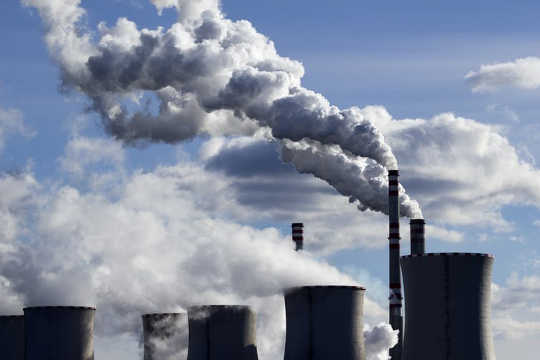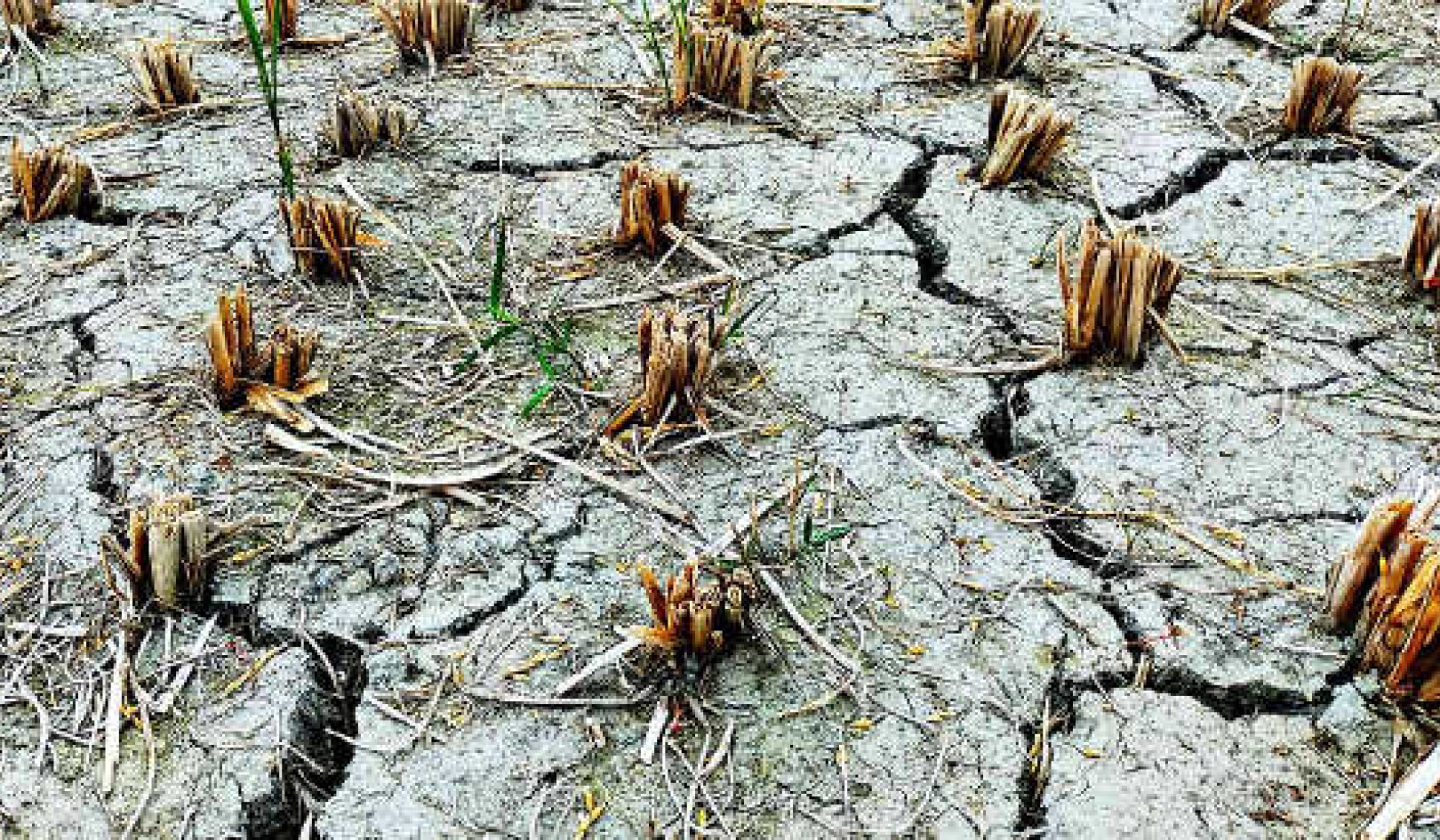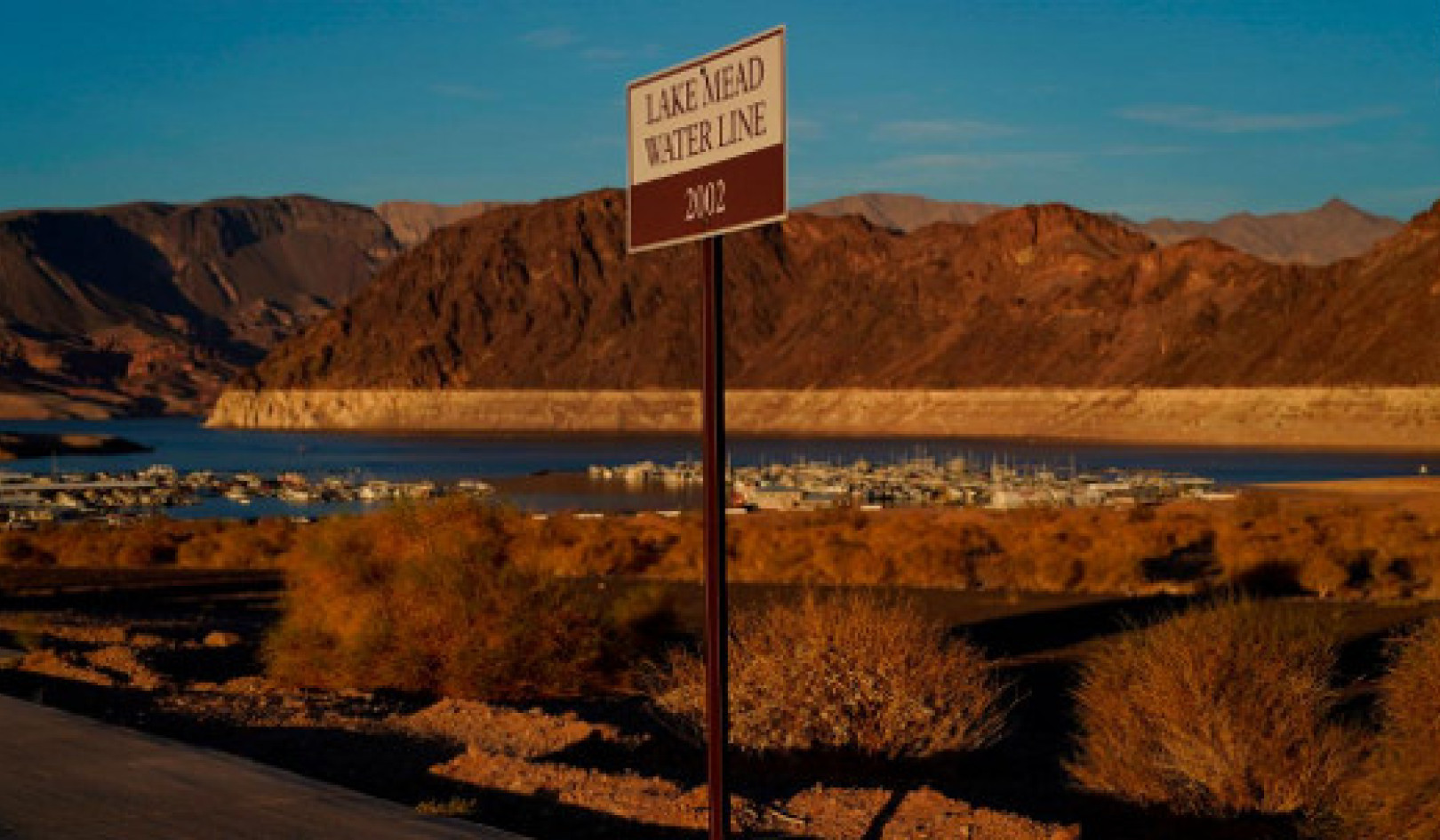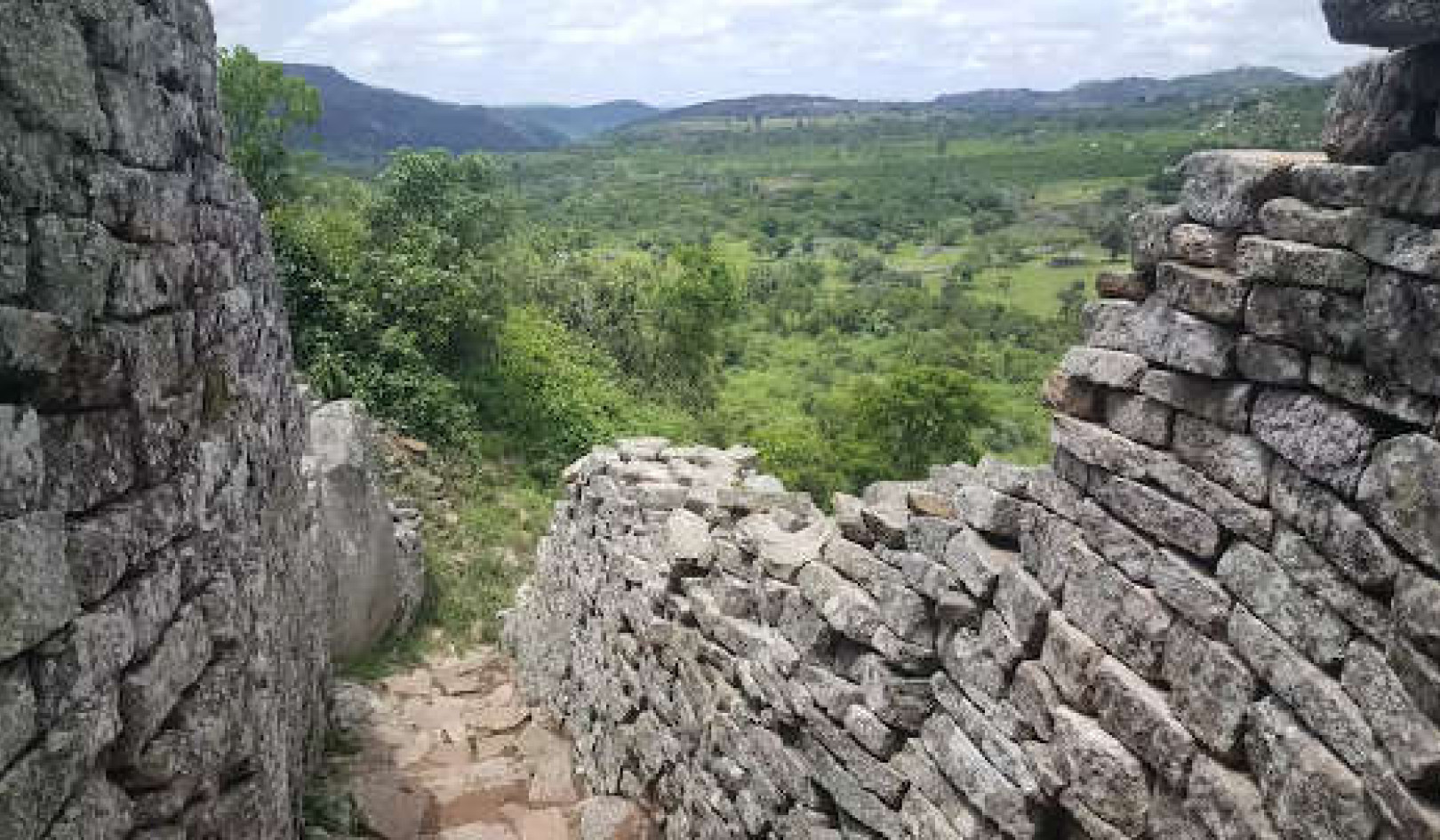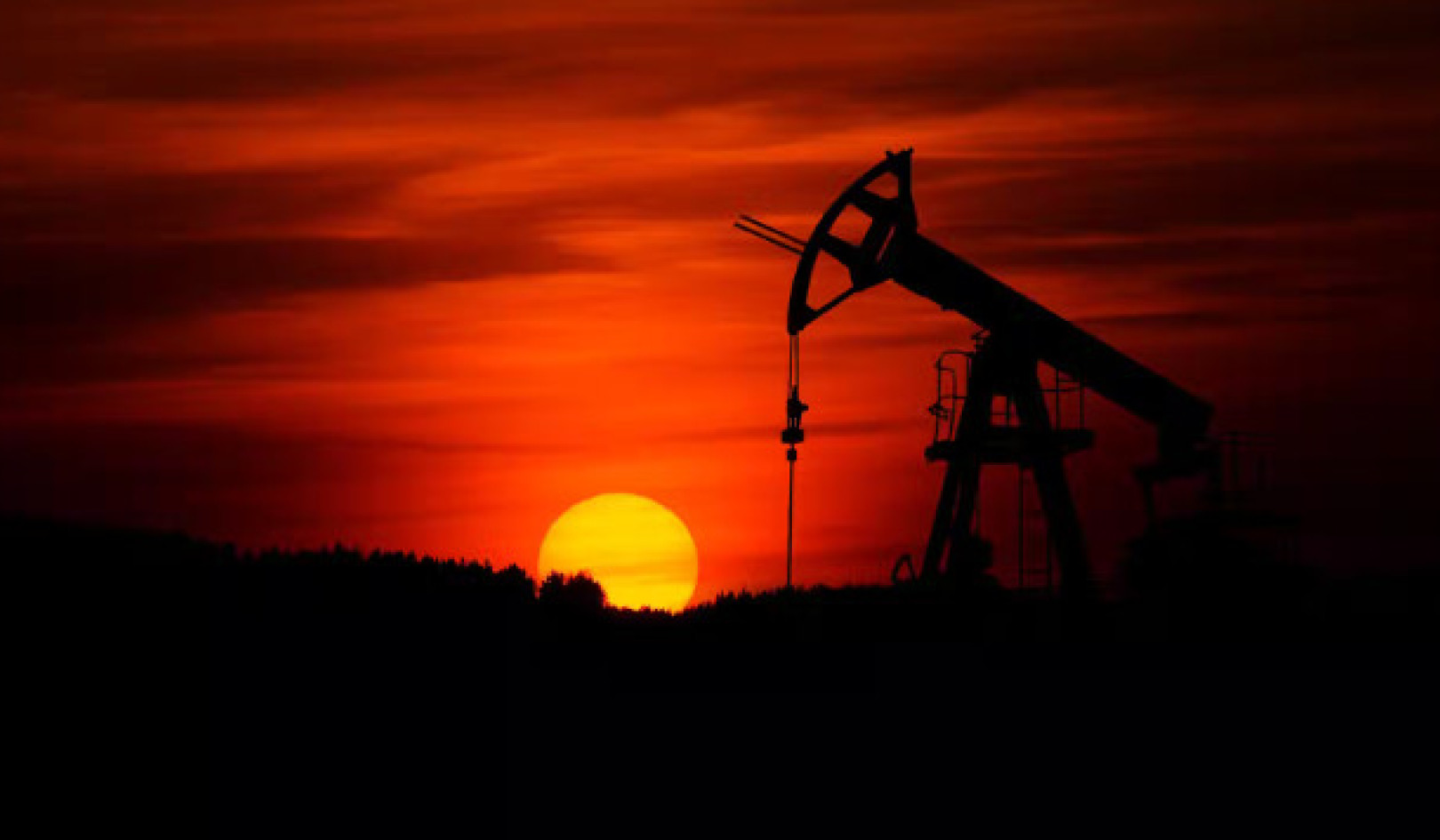More people than ever are acutely aware that rising levels of carbon dioxide (CO?) in the atmosphere are accelerating climate change and global warming. And yet food manufacturers have been issuing stark warnings that they’ve nearly run out of the gas, which is used in many products from sört morzsolásig. The obvious question is: why we can’t just capture the excess CO? from the atmosphere and use that?
It is actually possible to take CO? from the atmosphere using a process known as direct air capture. Indeed, there are a number of companies across the world, including egyet Svájcban és a egy másik Kanadában, hogy lehet már elvégezte ezt a folyamatot. Elméletileg ez a problémát értékes erőforrássá változtathatja, különösen a fejlődő országokban, amelyek kevés egyéb természeti erőforrással rendelkeznek.
The problem is the cost. While the amount of CO? in the air is damaging the climate, relatively speaking there are so few CO? molecules in the air that sucking them out is very expensive. But there may be other solutions that could help reduce carbon emissions and provide a new source of CO? for industry.
It’s all a matter of concentration and energy consumption. The amount of CO? in the air (which is mostly made up of nitrogen and oxygen) is around 400 alkatrész milliónként or 0.04%. If we were to represent a sample of molecules from the air as a bag of 5,000 balls, just two of them would be CO?. Pulling them out of the bag would be very difficult.

Mintha labdát találna egy zacskóban. Peter Styring, Szerző biztosított
We can capture CO? using what’s known as a sorbent material that either physically interacts or bonds with the gas at a molecular level. To capture a viable amount of CO? from the air, we would need to compress huge amounts in order to pass it through the sorbent, something that would require a lot of energy.
The exhaust of power stations is a more concentrated source of CO? (and one responsible for so much of our total carbon emissions). The Carbon XPRIZE, a competition to encourage the development of carbon capture and utilisation technology, has identified tíz döntős that focus on capturing CO? from power plants rather than the atmosphere.
Yet while the typical CO? concentration of körül 10% (600 balls out of the 5,000) in power station exhaust is much greater than that of air, capturing the CO? would still be a costly way of purifying the gas using current technologies. You also need to remove the water vapour in the exhaust, which would require több energiát.
Jobb források
As it becomes more important to reduce the concentration of CO? in the atmosphere, or if you needed to produce the gas in remote locations with large renewable energy sources, direct air capture could become a viable technology. But at the moment there are CO? sources that are more concentrated and so olcsóbban használható.
Például, a lepárlók és a sörgyárak nagy mennyiségű (99.5% felett) tisztaságú hulladékként előállítják a gázt, miután minden vizet eltávolítottak. A cementgyártási, acélipari és egyéb feldolgozóipar szintén viszonylag magas CO? concentrations. Building smaller facilities that just capture the CO? from individual factories and plants would be a cheaper way to create a new source of the gas. They may also prove a good investment at plants that need their own supply of CO? to carry out their processes.
The current CO? shortage is mainly affecting the food and drink industry. But we’re also starting to see a greater push to use CO? in other industries as a way of creating a market for a substance that is otherwise a waste product contributing to dangerous climate change. You can now buy chemicals and building materials that started life as CO? molecules instead of fossil fuels, for example, including mineral aggregates that actually capture more carbon than is előállításukhoz használták.
As more of these CO? utilisation technologies emerge, demand for the gas will increase and so will the need for more localised production. The future is about turning a waste into a commodity.
A szerzőkről
Peter Styring, vegyészmérnök és kémia professzor, Sheffieldi Egyetem és Katy Armstrong, a CO2Chem Network Manager, Sheffieldi Egyetem
Ezt a cikket eredetileg közzétették A beszélgetés. Olvassa el a eredeti cikk.
Kapcsolódó könyvek
at

Köszönjük látogatását InnerSelf.com, hol vannak 20,000 + életet megváltoztató cikkek, amelyek "Új attitűdöket és új lehetőségeket" hirdetnek. Minden cikk le van fordítva 30+ nyelv. Feliratkozás a hetente megjelenő InnerSelf Magazine-hoz és Marie T Russell Daily Inspiration című könyvéhez. InnerSelf Magazine 1985 óta jelent meg.

Köszönjük látogatását InnerSelf.com, hol vannak 20,000 + életet megváltoztató cikkek, amelyek "Új attitűdöket és új lehetőségeket" hirdetnek. Minden cikk le van fordítva 30+ nyelv. Feliratkozás a hetente megjelenő InnerSelf Magazine-hoz és Marie T Russell Daily Inspiration című könyvéhez. InnerSelf Magazine 1985 óta jelent meg.

